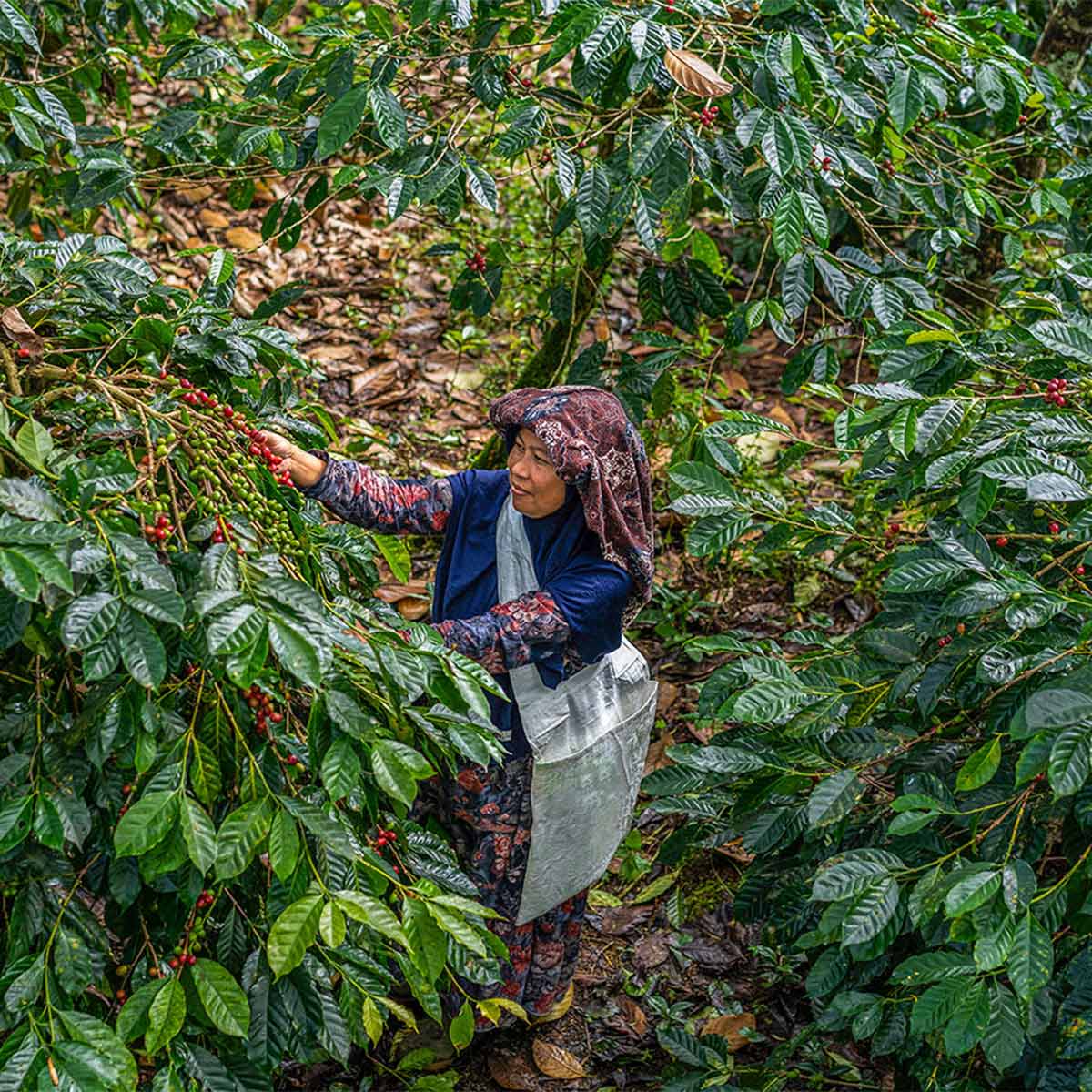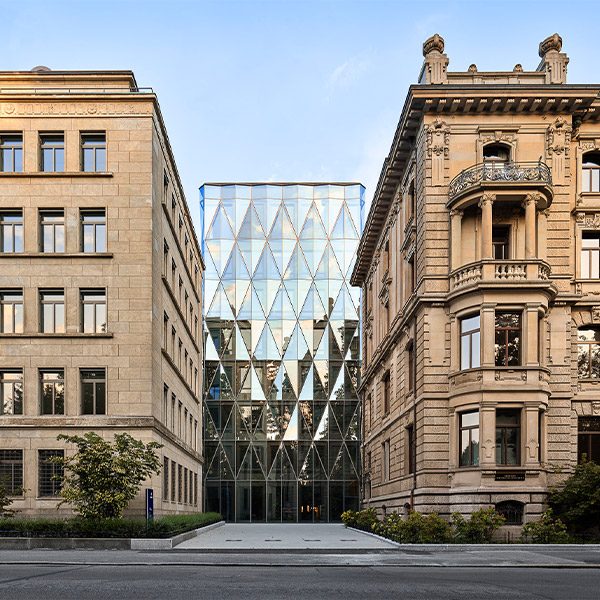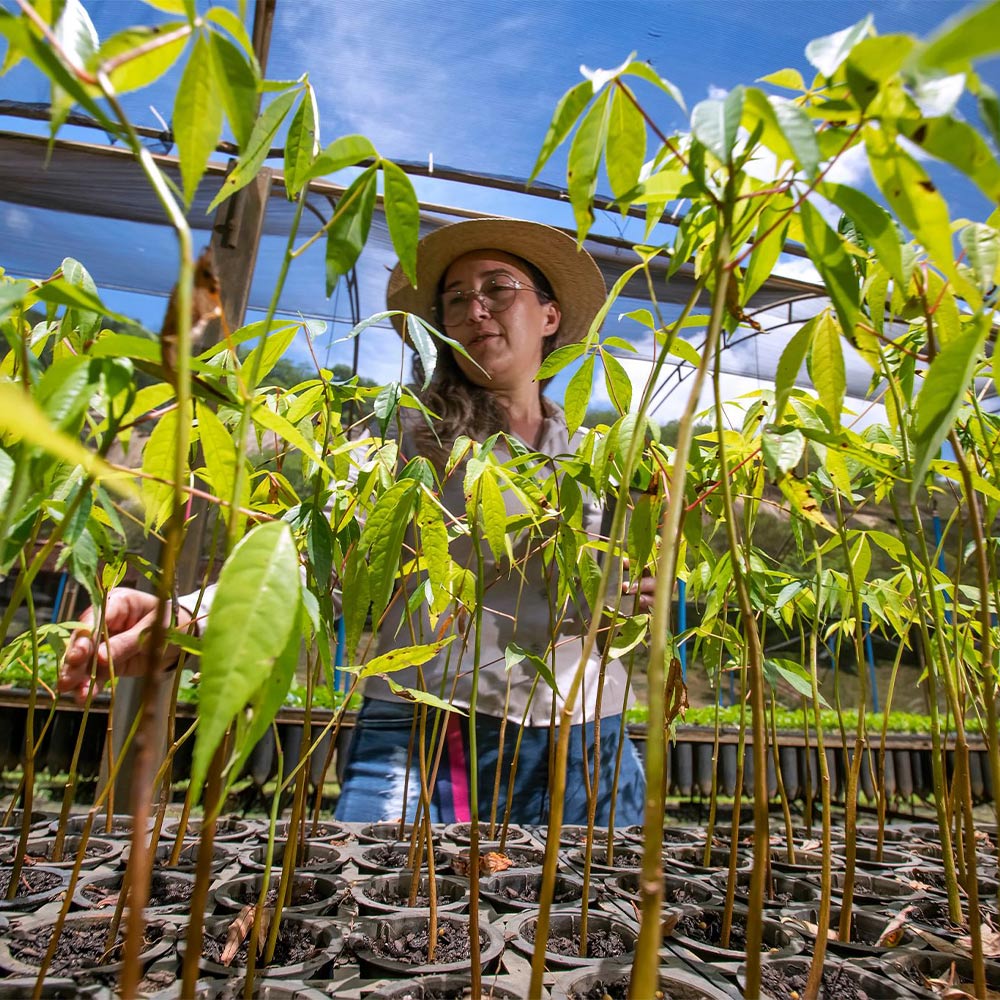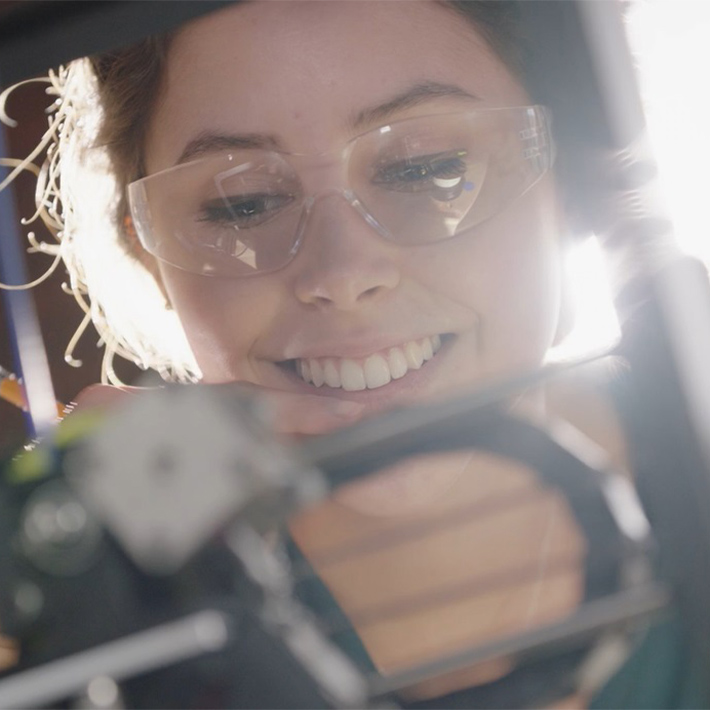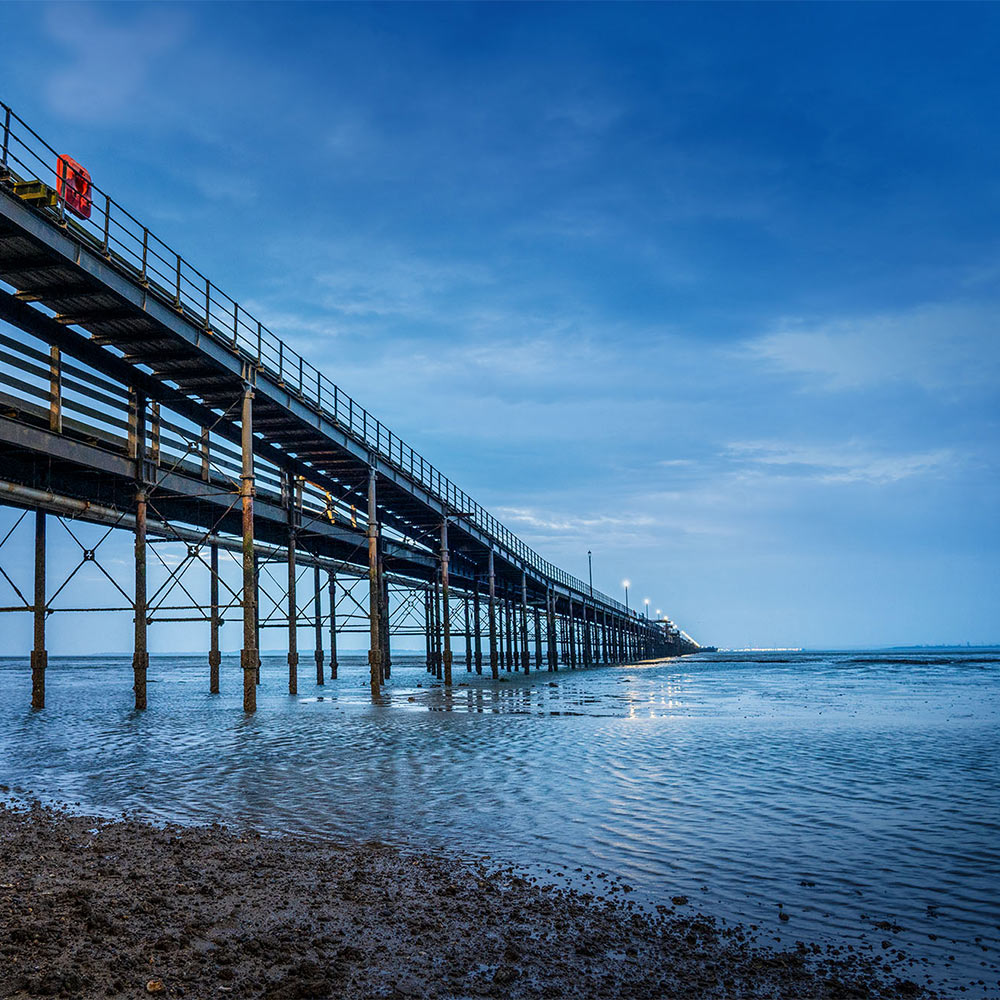
Annual Report 2023
Adapt and grow
Annual Report (English)
Annual Report (German)
How we're delivering on our strategy
Our Annual Report outlines our strategy, corporate governance, remuneration, risk management, financial performance and it includes non-financial information in the sustainability report chapter. Additionally, the report features stories that showcase our adaptability and growth, reinforcing our dedication to meeting the evolving needs of our stakeholders while maintaining our position as an industry leader. Explore the report to find out how we progressed on our journey toward innovation, customer-centricity and simplification in the year 2023.
As the world around us continues to undergo dramatic change, Zurich is focused on responding positively and practically to the social, economic and environmental challenges we all face. The ability to adapt is essential if we want to grow and thrive, as a business and for our customers, partners and people – now and in the future. At Zurich, we draw on our heritage, expertise and track record of high performance to see things differently and drive the business forward.
Our 2023 financial highlights
Business operating profit (BOP)1
Net income attributable to shareholders (NIAS)
Proposed dividend per share2
Estimated Swiss Solvency Test ratio3
1 Business operating profit (BOP) indicates the operational performance of the Group’s business units by eliminating the impact of financial market volatility and other non-operational variables.
2 Proposed total dividend, subject to approval by shareholders at Annual General Meeting 2024.
3 Estimated Swiss Solvency Test (SST) ratio, calculated based on the Group’s internal model approved by the Swiss Financial Market Supervisory Authority FINMA. The SST ratio as of January 1 has to be filed with FINMA by end of April each year and is subject to review by FINMA.
